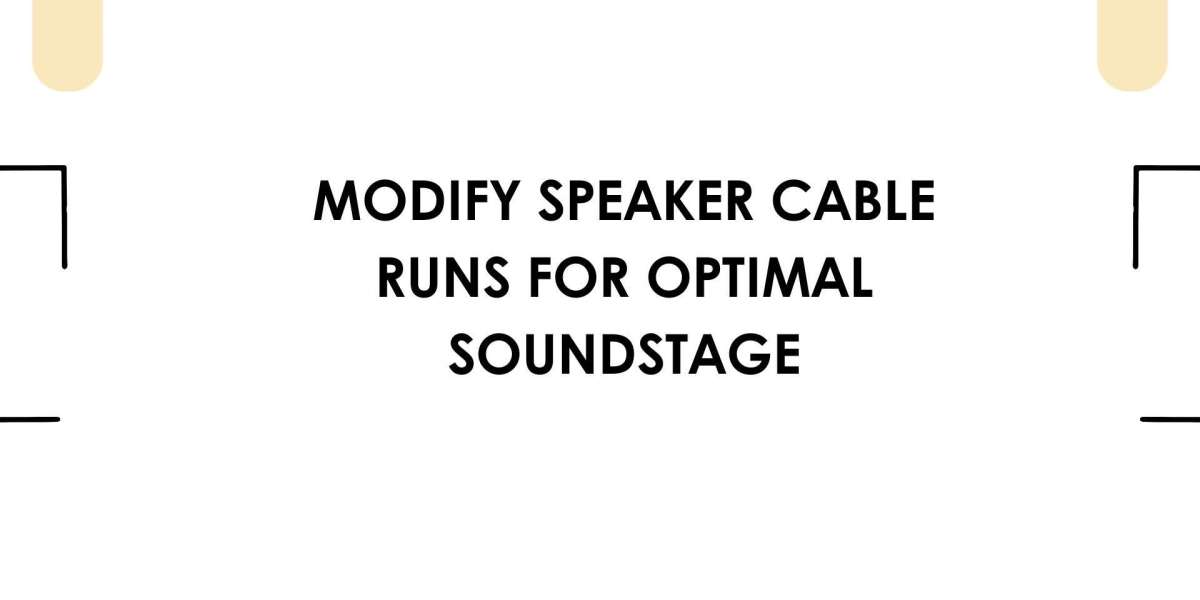When it comes to creating the perfect audio experience, every detail matters. While speaker quality and placement often get most of the attention, there is one often-overlooked factor that plays a significant role in shaping your soundstage—your speaker cable runs. Improper cable routing can lead to signal degradation, timing imbalances, and poor overall performance, especially in surround or multi-zone audio systems.
Optimizing speaker cable runs is not just about reducing clutter. It is about improving the clarity, imaging, and spatial accuracy of your audio system. Whether you are designing a home theater, a listening room, or a commercial AV setup, understanding how to route and manage speaker cables correctly can drastically improve the soundstage.
That is where XTEN-AV comes in. As one of the most advanced AV system design platforms, XTEN-AV helps professionals and enthusiasts build smarter layouts—including intelligent cable routing—to ensure optimal performance from the ground up. It lets you visualize, plan, and fine-tune every speaker connection in your design.
In this blog, we will explain how to modify your speaker cable runs for the best possible soundstage and how tools like XTEN-AV can help you do it efficiently and accurately.
What Is the Soundstage and Why Cable Runs Matter
The soundstage refers to the three-dimensional space that your audio system creates. In a well-designed system, you should be able to pinpoint where instruments, voices, and effects are coming from—left to right, front to back, and even top to bottom.
For the soundstage to be accurate:
Speakers must receive signals at the same time
No phase issues should exist between channels
Signal strength should be balanced across all speakers
Cable resistance must be consistent to prevent tonal differences
Long, tangled, or uneven cable runs can throw off all of these factors. That is why careful planning and modification of cable paths are essential.
Step 1: Map Out Your Speaker Layout
Before you touch any wires, start by mapping your speaker positions. This includes:
Front left, center, and right
Surround left and right
Rear or height channels (for 7.1 or Dolby Atmos)
Subwoofers or bass modules
Use XTEN-AV to input your room dimensions and drop speakers into a digital layout. The software will help you maintain correct angles, distances, and positioning according to industry best practices.
Once your speakers are placed, XTEN-AV allows you to simulate the audio coverage and calculate distances between components.
Step 2: Measure and Equalize Cable Lengths
Ideally, speaker cables should be equal in length, especially for front left and right speakers. This ensures that signals reach both speakers at the same time, preserving stereo imaging.
Tips for equalizing cable runs:
Measure the longest necessary cable length first
Use that measurement as the baseline for other speakers
Coil excess cable neatly instead of cutting shorter lengths for nearby speakers
Avoid running audio cables parallel to power lines, which can cause interference
XTEN-AV’s cable path calculator helps determine the most efficient routing based on your room layout. It also recommends the correct gauge based on length and speaker load, reducing resistance and preserving audio quality.
Step 3: Avoid Signal Interference and Voltage Drop
If speaker cables run too close to electrical lines or digital signal cables, you risk introducing noise and distortion. Also, longer runs can lead to voltage drop, which affects speaker performance.
To prevent this:
Cross power and speaker cables at 90-degree angles
Use shielded speaker wire if interference is unavoidable
Choose the right wire gauge (12 or 14 AWG for longer distances)
Secure cables using clips or raceways to prevent movement or sagging
XTEN-AV allows you to visually route cables around power zones or structural obstacles. This minimizes the risk of electromagnetic interference and ensures a clean signal path.
Step 4: Optimize Cable Routing for Room Acoustics
Your cable runs should not just be about convenience—they should support your room’s acoustics. If cables are too short, you may be forced to place speakers too close to walls or corners, which can distort the soundstage.
With a good layout:
Speakers can be positioned freely, not limited by wire length
You maintain ideal distances and angles for directional audio
You avoid placing cables in echo-prone areas like near glass or tile
XTEN-AV helps align speaker placement with cable paths, making sure that your layout supports both good acoustics and cable efficiency.
Step 5: Document and Label Everything
Once your cable runs are optimized, document them thoroughly. Labeling cables at both ends is crucial for troubleshooting, future upgrades, or system servicing.
Best practices include:
Use durable labels with speaker names or zones
Maintain a wiring diagram with routing paths
Include cable length and type in documentation
Take photos of in-wall or under-floor routing before closing the space
XTEN-AV automatically generates a complete wiring diagram as part of your AV design documentation. This includes cable IDs, lengths, and termination points—perfect for professional installs and future-proofing your system.
Step 6: Test and Calibrate the Soundstage
After installation, use audio calibration tools to verify your soundstage. Tools like test tones and real-time analyzers help detect timing or volume inconsistencies caused by mismatched cable runs.
Look out for:
Delay between left and right channels
Volume drops in surround or rear speakers
Unbalanced bass from subwoofer placement or signal loss
Phase issues that weaken center imaging
XTEN-AV supports system calibration by showing signal paths and speaker zones, helping you troubleshoot and refine your layout easily.
Conclusion
A great AV system is only as strong as its weakest link—and speaker cables are often the silent culprit in poor soundstage performance. By planning and modifying your cable runs with precision, you can eliminate phase errors, timing mismatches, and signal degradation that ruin audio immersion.
With XTEN-AV, you get a powerful ally in designing efficient, optimized speaker cable runs. From speaker layout to cable routing, from documentation to real-time simulations, XTEN-AV equips you with the tools you need to get the best performance out of every speaker.
So whether you are setting up a home theater, gaming room, or professional audio space, do not underestimate the role of smart cable design. Modify your speaker cable runs with care—and unlock the full potential of your soundstage.
Read more: https://trendtracker.us/how-to-adapt-av-layouts-for-asymmetrical-rooms/



